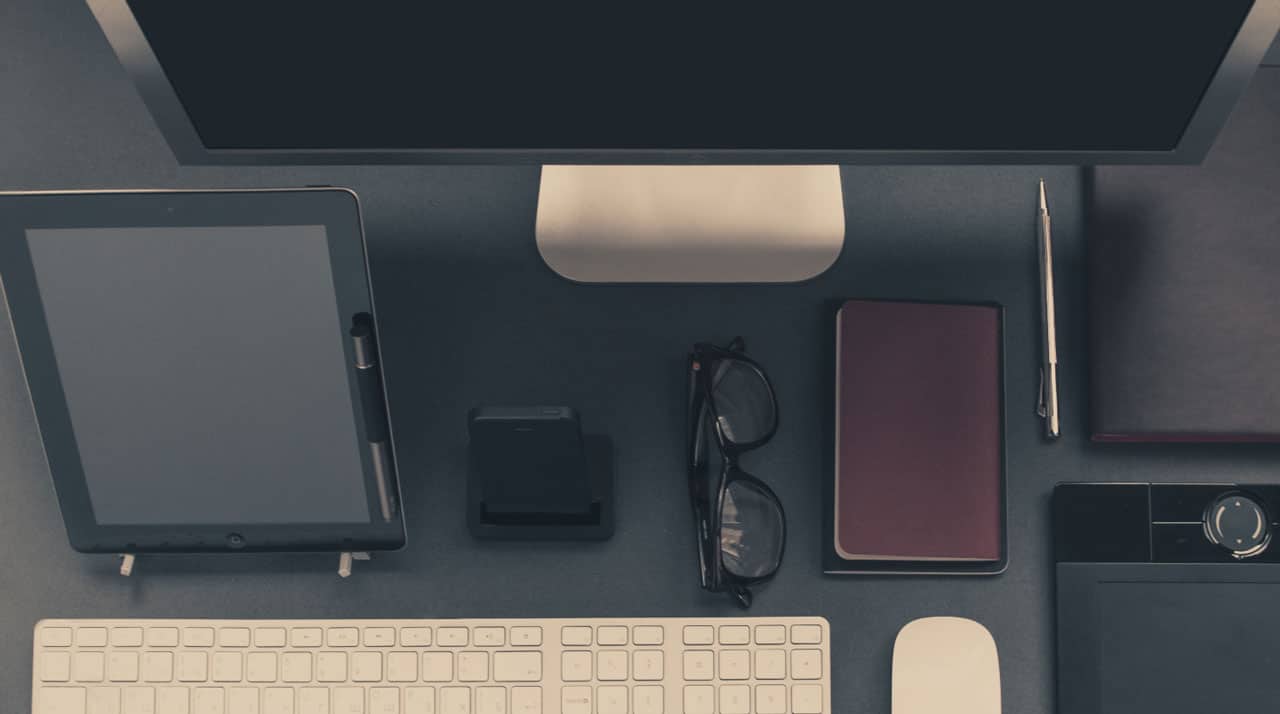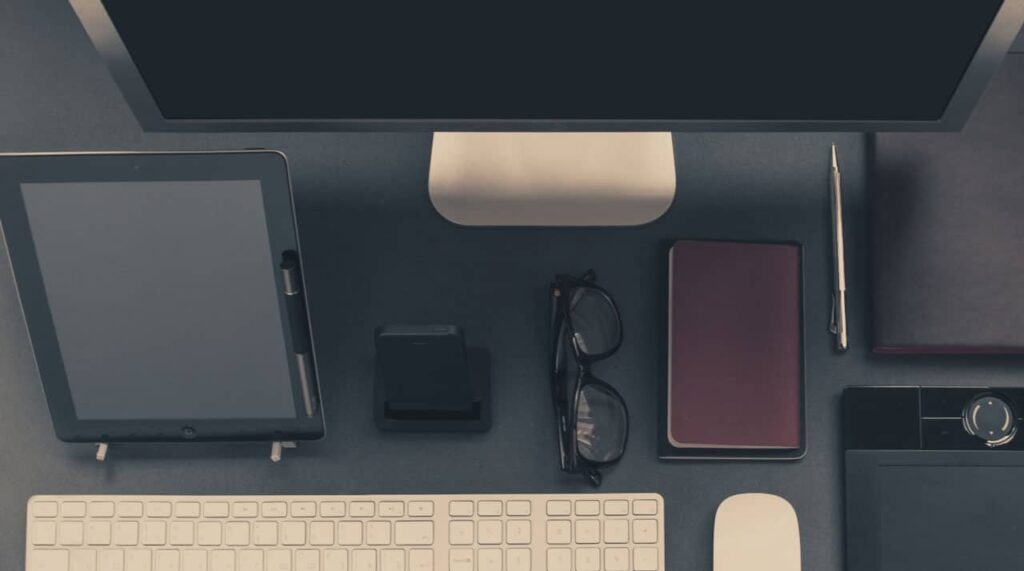First post of 2014 and I’m feeling motivated to keep going with every two weeks a new post #ResolutionNow*. I’ve made that my goal for the past seven or eight months and it’s worked out close to that, 22 posts last year I think.
Now for the post I’ve had on the list for several months, even had some ideas down but never completed the post.
It’s all about the second screen revolution. Second screens have been around for some time now. I, along with a lot of others I’m sure, find it difficult to do one thing at a time. My work and play consist of constantly switching back and forth between two computer screens, a cell phone, TV, etc.

Not many people sit and stare at one screen, there are so many things competing for our attention. At conferences people aren’t simply staring at the speaker, there’s the distraction of the big screens and small screens.
It’s difficult to really capture a message of a speaker simply listening attentively, it requires another level of activity to really cement the information for later, we’re just discovering that. The second screen is extremely valuable in doing this, we’re instantly digesting the information, interpreting it, and spitting it out to others.
Dealing With Distraction
The big question is always “how do you deal with the distraction of the second screen?” You can’t simply ban it, it’s often out of our power to even do so. Even if it were in our power, that would be a big mistake.
It’s important to find a way to work with that second screen to get your message across; whether you’re presenting at a conference, performing a webinar, or creating an eLearning course where we have no idea what else the user might be doing.
The only way to control the distraction of the second screen is to use it, make it an indispensable part of the experience you’re creating for the user. Assume they are going to have that distraction, and work with it and not against it. Who knows, it could also help keep the user from non-technology distractions.
In eLearning, the tradition method of delivery is to pushing a message to the user. By thinking that way, you’ve instantly lost their interest. You can make the experience a combination of push and pull, the pull part is extremely important in capturing the attention of that second screen.
Can you think of ways to make the user need to use their second screen to get the message?
Please Comply
Compliance training is one of those things that everybody loves to hate, but we can’t live without it, they’re important whether we like to admit or not. Compliance is often presented in a push format, even to the point we’re forced (pushed) to take it.
If you can capture the users attention from the beginning with a shocking scenario, one that evokes emotion, you’ve probably got them interested in the message, until their phone buzzes.
Wouldn’t it be great if the message they just received is part of the story and piques their interest even more? If they’re anything like me, I’d be interested in learning more.
Make it Easy
I know a bit of a challenge is a good thing, but not when you have no interest in the first place. If you know there might be some participants with little or no interest, you need to fight to make it as easy as possible for them.
Start with a call to action, make it important to them, make it interesting. If you can tie in the second screen then you are way ahead, there’s less chance they will become distracted.
“Because it’s required” is not a good enough reason for someone do something. Gain their attention, tell them why they should be there (earn their time), give them a call to action, present this with minimal effort, and provide more resources if they wish.
Your goal should always be to make it worth the users time, they must come away with something.
How does this tie into the second screen? If you can’t tie the second screen into it to capture their attention, you need to at least make it worth their time so that second screen doesn’t become a beckoning distraction.
Hopefully your second screen didn’t distract you from reading this, I had some distractions while writing it, though not a screen.
Can you come up with some ways to capture your audience’s attention using the second screen?
Spend some time to think about what distractions your user might experience while learning. Can you help your users stay motivated and away from these distractions?
Let me leave you with this:
If you don’t use it (2nd screen) then you lose it (learners attention).
* I’ve been under the assumption for several years that New Year’s resolutions are a horrible thing to make. I recently read an article about what you can do instead, this reaffirmed what I was already doing, making small achievable goals throughout the year.
After reading the article, I came up with the hashtag #ResolutionNow which simply means create your resolution constantly throughout the year with a shorter timeframe, I do them in day to week increments, but I’m sure month would work okay also.

2 comments
Dave Welch
My daughter, who is 18, constantly uses two screens, and sometimes three!
PC gaming, cell phone messaging, and television program. Although, I have noticed that when she is really interested in a television show, she will close the laptop. The division of attention is too great for her to focus on the highly desired content enough to make it worth the time expended.
I also see second screen at the school I work at. Students will sometimes have laptops and the teacher uses a SmartBoard projection.
Second screen may be here to stay, but I have mixed feelings on the quality of each task when multitasking.
Nick Leffler
It definitely diminishes the quality of attention given to each task, but sometimes that can work if it’s not a very important task.
Do you ever catch yourself using two screens at the same time?
I’m often reminded of an old comic which shows a woman watching TV (surrounded by hobbies) and a man (remote control, that’s it). Now I think everyone has multiple screens at the expense of any single task being given full attention (hopefully it’s not driving being given fractional attention).
Lot of examples of where second screens have a negative affect, can you think of any where it might have a positive?
Comments are closed.